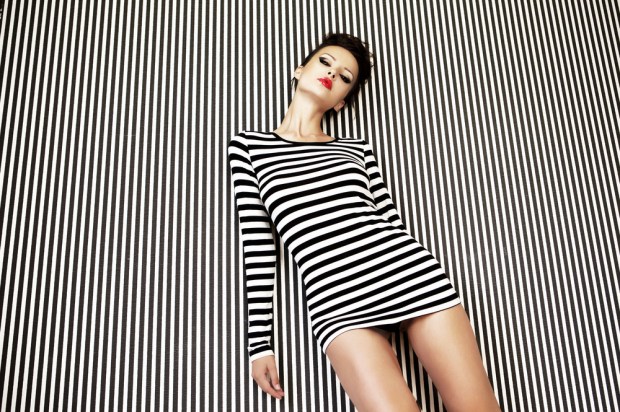Splashlight Partners With Looklet On Fashion Photo Automation

For retailers, keeping pace with consumer demand on eCommerce and social media is no small task and often requires the aid of the latest technology and automation. This need extends beyond the marketing, logistics and customer support ends—creative departments and services also find they need to leverage the latest tech to enable retail clients and compete in the market.
This is something that Splashlight, a leading visual content (photography and video) creation company for eCommerce and social media, knows well. Founded in 2002, Splashlight began as a traditional fashion photo studio, but that quickly changed, said SVP Sales and Marketing Gilles Rousseau, when the company began to serve eCommerce clients, beginning with Macy’s in 2003.
“The trend is to be as fast as possible on eCommerce and social media,” Rousseau said. “The sooner the photo is taken, the sooner it’s uploaded on the website and the more time they have to sell the product. In some ways, it’s almost contradictory to creative services, but that’s we’re dealing with.”
To meet the fashion photography demands of its largest eCommerce clients—which today include Target, Victoria’s Secret and Aldo Group, among others—Splashlight had to build a system of methodologies and technologies to maintain and track productivity.
“Even though the output is photo and video production,” Rousseau said, “at the heart of the system is an end-to-end, cloud-based technology which allows us to manage all of the workflows throughout the production process.”
Rousseau noted that prior to joining with Splashlight, it would take some retail clients weeks to get photographs taken for a given product. By leveraging Splashlight, the same client can see fashion photographs in 3 days.
For their larger eCommerce clients, Splashlight can shoot between 2,000 and 3,000 products on-model per month per client. With each item requiring 3 to 4 different images, this means Splashlight needs to produce between 6,000 and 12,000 usable images.
These fashion photography volumes are relatively standard for major retailers across the industry, Rousseau noted, saying, “You really need to have bulletproof systems in place. Without technology, you will not be able to be competitive in the marketplace.”
Add in the near real-time production requirements that social media levies, the need for technology has become more pertinent than ever.
Recently, Splashlight announced a strategic distribution partnership agreement with photo capture and personalization solutions software company Looklet, a leading software company providing advanced photo capture and personalization solutions for e-commerce fashion photography.
Together, Splashlight and Looklet will utilize turnkey technologies and methodologies that work to serve the needs of the online fashion world via automation. Rousseau said Splashlight will integrate Looklet into its photography solutions portfolio and sales channels.
“The fit with Looklet is a very natural one,” Rousseau said, “in the sense that our business specialty is to scale high quality, high volume, high-velocity video and photo production. And Looklet is serving two needs in the ecosystem: automation and personalization.”
On the automation end, the software technology allows products to be photographed without the need for a model or to rent studio space. Photographers simply need to put the clothing item on a green mannequin and follow a standardized image capture process.
Using this image, one can apply the product to and style it on the model images stored in the software database. As of now, the software features 37 different female models and 15 male models to choose from. From there, users can personalize the styling of the outfit.
Rousseau noted a few different ways the software creates a more cost effective and time efficient creative process. For one, a single photo can be placed on multiple models to target different regional markets more effectively.
“It’ll almost be like the Uberization of the model industry,” noted Rousseau.
The styling can be altered to the same effect.
“Let’s say that in Alaska they prefer the dark-green version of the product and in Los Angeles they prefer the yellow version,” Rousseau said. “Depending on the market you can style the product on the model with different colors without reshooting.”
Likewise, online retailers can use the software to update or switch out the product images on their eCommerce sites if the stock of a color or print available for a garment is starting to run low.
These automation and personalization capabilities will fit right in with the production demands levied on the fashion photography industry by online retailers. As these ecosystems continue to evolve, expect to see even more automation capabilities rolled out to enable the speediest, most efficient processes technology can offer.
